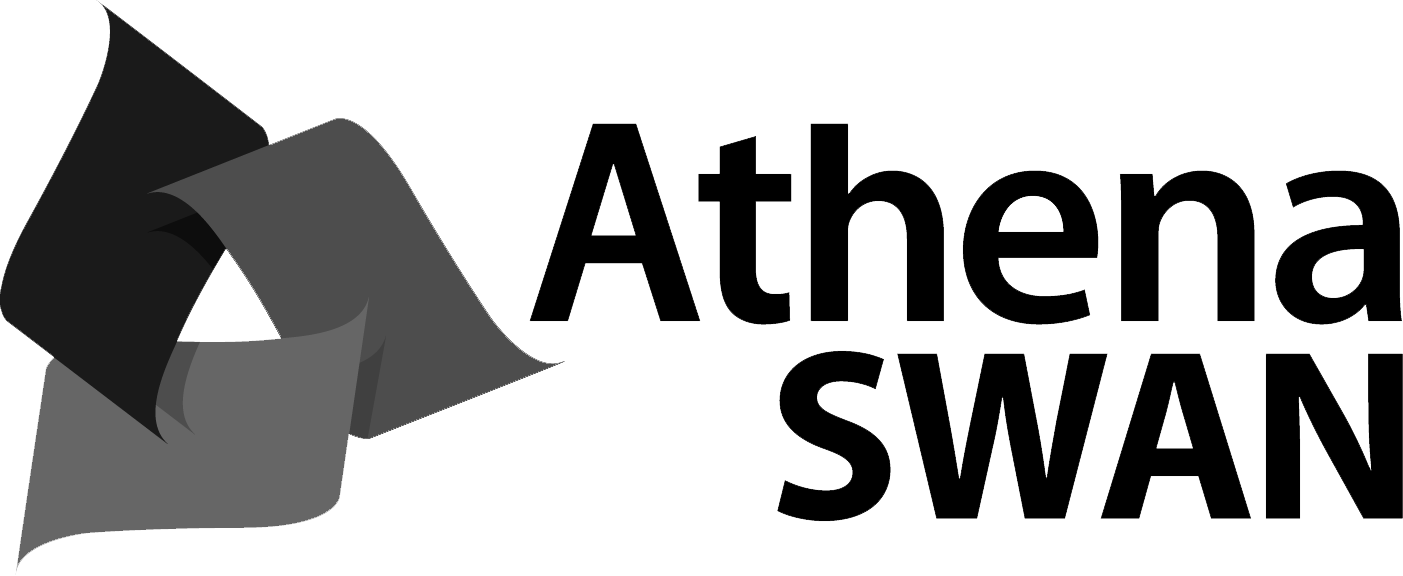Architectural Professional Practice introduces students in the final semester of their undergraduate degree to the professional practice of architecture, focusing on design development within regulatory and practice management frameworks. Students are introduced to the fundamental principles of key regulatory requirements and critically deploy their understandings by investigating local practice case studies. They further develop a capacity to apply their knowledge in a particular context through an architectural design project that they take to Development Application level using current best practice.
Unit details and rules
| Academic unit | Architecture |
|---|---|
| Credit points | 6 |
| Prerequisites
?
|
BDES3023 or BDES3026 or BDES3616 |
| Corequisites
?
|
None |
|
Prohibitions
?
|
None |
| Assumed knowledge
?
|
None |
| Available to study abroad and exchange students | Yes |
Teaching staff
| Coordinator | Matthew McNeil, matthew.mcneil@sydney.edu.au |
|---|





